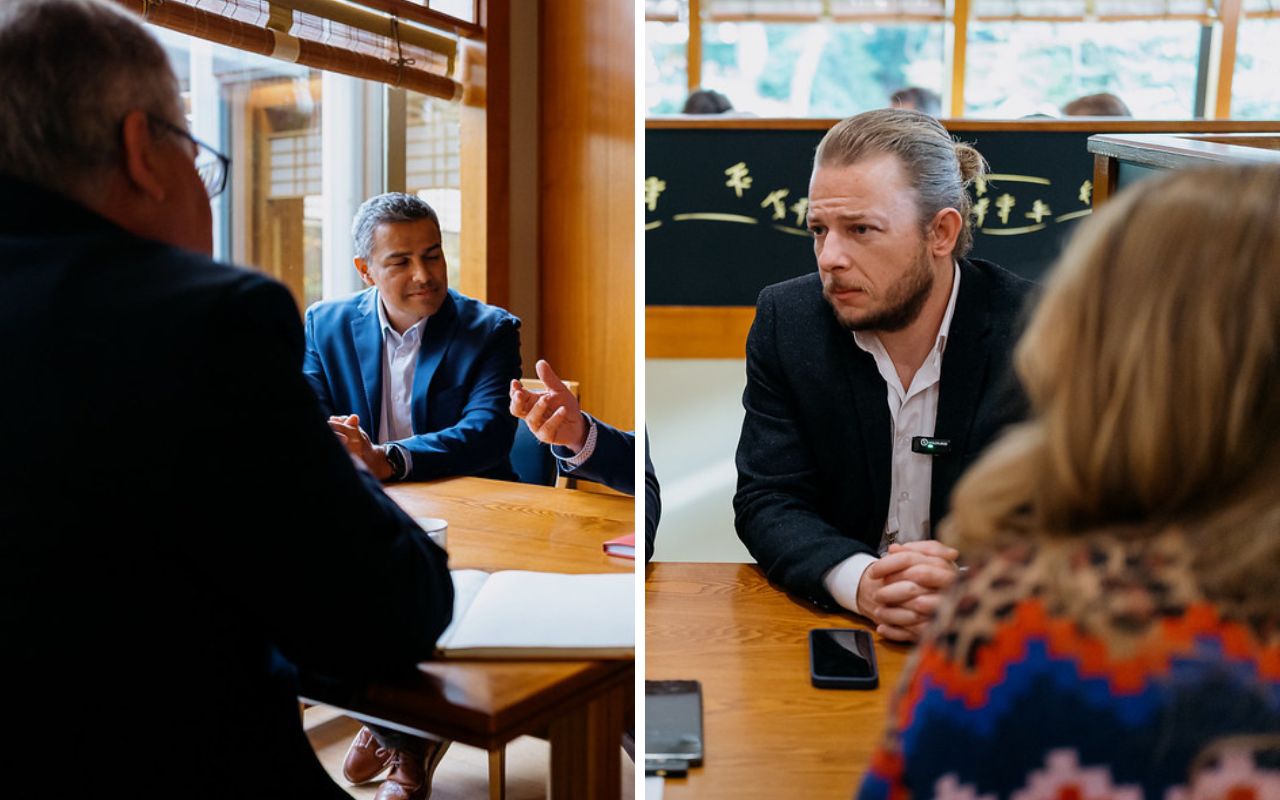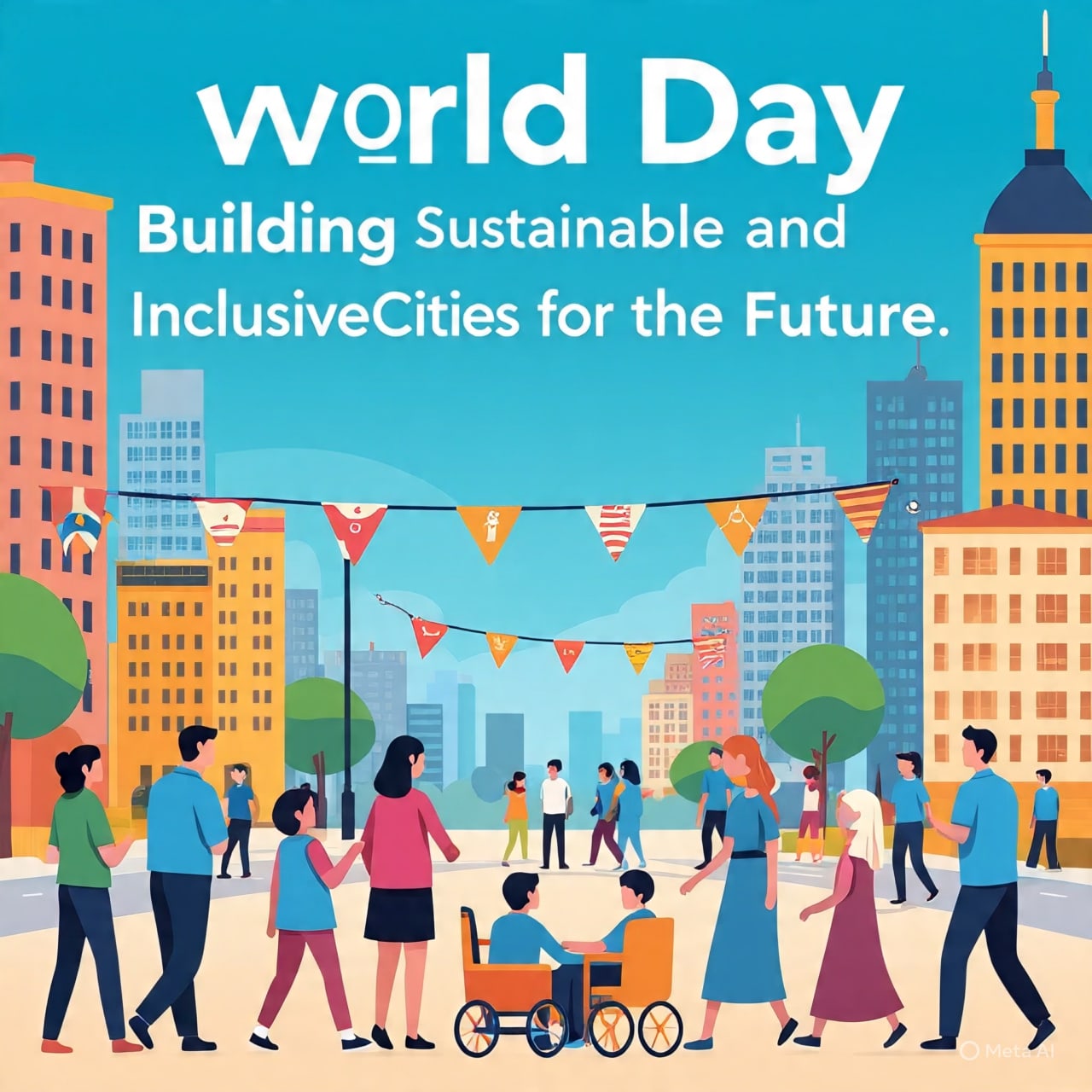Report on Capital Metro’s Transit Plan 2035 and Alignment with Sustainable Development Goals
Executive Summary
The Capital Metro board of directors has approved Transit Plan 2035, a decade-long strategic blueprint to overhaul the regional bus system. This initiative, the most significant restructuring since 2018, aims to enhance service frequency, expand operational hours, and improve network connectivity. The plan is designed to deliver on commitments from the Project Connect expansion and integrate with a future light-rail system, while strategically aligning with key United Nations Sustainable Development Goals (SDGs) to foster a more equitable and sustainable urban environment.
Plan Overview and Strategic Objectives
Key Changes to the Bus Network
- Network Consolidation: The total number of bus routes will be reduced from 61 to 55 to focus resources on higher-demand corridors.
- Service Enhancement: Remaining routes will operate more frequently and later into the night, improving accessibility and reliability.
- Improved Connectivity: New east-west routes will be established on Rundberg Lane and Oltorf Street to address rider demand for better cross-town connections.
- Route Discontinuation: Several lower-ridership routes (including 5 Woodrow, 233 Decker/Daffan) and direct-service “flyer” routes (103, 105, 111, 142) will be discontinued or transitioned to on-demand services.
Phased Implementation and Major Projects
- Project Connect Alignment: The initial five years will focus on implementing delayed components of the voter-approved Project Connect transit expansion.
- Rapid Line Frequency: Service on the newest pair of Rapid lines will be increased to every 10 minutes.
- Infrastructure Development: New park-and-ride facilities will be opened at the Expo Center and Goodnight Ranch, and construction will begin on the North Burnet/Uptown Red Line station.
- Airport Service Enhancement: Frequency on Route 350 (Airport Boulevard) will be doubled from every 30 minutes to every 15 minutes, with the line extended to Austin-Bergstrom International Airport.
Alignment with Sustainable Development Goals (SDGs)
SDG 11: Sustainable Cities and Communities
- The plan directly supports Target 11.2 by aiming to provide access to safe, affordable, and sustainable transport systems for all. Increasing service frequency and preparing the network for light-rail integration are key steps toward creating a more sustainable and inclusive city.
SDG 9: Industry, Innovation, and Infrastructure
- By investing in new train stations, park-and-rides, and a modernized bus network, the plan contributes to building resilient and sustainable infrastructure, which is a cornerstone of SDG 9.
SDG 10: Reduced Inequalities
- The introduction of new east-west connections is a direct response to community needs, aiming to improve mobility and access to economic opportunities for residents in underserved areas. However, the discontinuation of flyer routes presents a challenge to this goal, potentially creating new access gaps for other communities.
SDG 13: Climate Action
- By making public transportation a more convenient and reliable alternative to private vehicles, Transit Plan 2035 actively promotes a reduction in greenhouse gas emissions from the transport sector, contributing to climate action.
Stakeholder Perspectives and Challenges
Fiscal Responsibility
- Capital Metro CEO Dottie Watkins emphasized the plan’s fiscal prudence, noting it is designed to improve services and expand opportunity within the existing budget, demonstrating responsible management of public funds.
Community Concerns and Service Discontinuation
- The plan faced opposition due to the elimination of certain routes. Board member Paige Ellis voted against the plan, citing concerns that the discontinuation of flyer routes would negatively impact transit access for her constituents in Southwest Austin, particularly as other planned projects in the area have been delayed. This highlights the critical challenge of balancing system-wide efficiency with localized community needs.
Conclusion and Forward Outlook
- Transit Plan 2035 is a comprehensive, long-term strategy to create a more efficient, frequent, and connected public transportation network for the region. Its objectives are closely linked to achieving a more sustainable and equitable city as outlined in the SDGs. The plan’s gradual, phased rollout over the next decade, with major changes requiring future board approval, allows for continuous assessment and adaptation to meet the evolving needs of the community.
Analysis of Sustainable Development Goals in the Article
1. Which SDGs are addressed or connected to the issues highlighted in the article?
The article on Capital Metro’s “Transit Plan 2035” primarily addresses issues related to urban infrastructure and sustainable development. The following SDGs are connected to the plan’s objectives and outcomes:
- SDG 11: Sustainable Cities and Communities: This is the most relevant SDG, as the entire article focuses on overhauling a city’s public transportation system to make it more efficient and accessible. The plan aims to improve how people live and move within the Austin region.
- SDG 9: Industry, Innovation and Infrastructure: The article discusses significant investments in and development of public infrastructure, such as a new light-rail line, a new train station, and park-and-rides. This aligns with the goal of building resilient and sustainable infrastructure.
- SDG 13: Climate Action: While not explicitly mentioned, improving and encouraging the use of public transportation is a key strategy for reducing a city’s carbon footprint. By making bus and rail services more frequent and reliable, the plan implicitly supports a shift away from private vehicle use, contributing to climate action.
- SDG 10: Reduced Inequalities: The plan has direct implications for social equity. By adding “more east-west connections” that riders have asked for “loud and clear,” the plan aims to serve communities better. However, the decision to discontinue “lower-ridership routes” and “flyer” routes raises concerns about reduced access for certain populations, as highlighted by the board member who voted against the plan.
2. What specific targets under those SDGs can be identified based on the article’s content?
Based on the details in the article, several specific SDG targets can be identified:
-
SDG 11: Sustainable Cities and Communities
- Target 11.2: “By 2030, provide access to safe, affordable, accessible and sustainable transport systems for all, improving road safety, notably by expanding public transport…” The “Transit Plan 2035” is a direct effort to achieve this. The plan’s goals to run buses “more frequently and later into the night,” boost frequency on Rapid lines to “every 10 minutes,” and add new connections are all actions aimed at expanding and improving the accessibility of public transport.
-
SDG 9: Industry, Innovation and Infrastructure
- Target 9.1: “Develop quality, reliable, sustainable and resilient infrastructure… to support economic development and human well-being, with a focus on affordable and equitable access for all.” The article details several infrastructure projects that align with this target, including preparing the system for a “light-rail line scheduled to open in 2033,” opening “park-and-rides at Expo Center and Goodnight Ranch,” and constructing a “new train station — now called North Burnet/Uptown.”
-
SDG 13: Climate Action
- Target 13.2: “Integrate climate change measures into national policies, strategies and planning.” A comprehensive, decade-long public transit plan for a major metropolitan area represents the integration of climate-friendly strategies into local-level planning. By promoting public transit over individual cars, the plan serves as a climate mitigation measure.
-
SDG 10: Reduced Inequalities
- Target 10.2: “By 2030, empower and promote the social, economic and political inclusion of all…” The plan’s attempt to add “new east-west lines on Rundberg Lane and Oltorf Street” based on rider feedback demonstrates an effort towards inclusion. Conversely, the concern raised by board member Paige Ellis that eliminating flyer routes would “make it harder for her constituents to reach downtown” shows the challenge of ensuring equitable access and avoiding the creation of new inequalities.
3. Are there any indicators mentioned or implied in the article that can be used to measure progress towards the identified targets?
The article contains several explicit and implicit indicators that can be used to measure progress towards the identified targets:
-
Indicators for Target 11.2 (Access to Sustainable Transport)
- Service Frequency: The article provides specific metrics for measuring service improvements. Progress can be measured by tracking the change in frequency on Rapid lines (goal of “every 10 minutes”) and on Airport Boulevard’s Route 350 (from “30 minutes to 15”).
- Service Hours: The goal to run “remaining lines… later into the night” is a measurable indicator of expanded access.
- Network Coverage: The change in the number of bus routes (from “61 to 55”) is a direct indicator. This can be further analyzed by mapping the areas that gain or lose service, such as the new “east-west connections” versus the discontinued “flyer” routes.
- Ridership Levels: The article mentions that routes are being discontinued because of “low ridership.” An increase in overall ridership on the revamped system would be a key indicator of success.
-
Indicators for Target 9.1 (Infrastructure Development)
- Completion of Infrastructure Projects: The article names specific projects whose completion can be tracked as indicators of progress. These include the opening of two new park-and-rides, the construction of the “North Burnet/Uptown” train station, and the eventual opening of the light-rail line in 2033.
- Financial Investment: The stated cost of the new train station (“$37.3 million”) is an indicator of the financial resources being committed to infrastructure development.
4. Table of SDGs, Targets, and Indicators
| SDGs | Targets | Indicators Identified in the Article |
|---|---|---|
| SDG 11: Sustainable Cities and Communities | 11.2: Provide access to safe, affordable, accessible and sustainable transport systems for all… by expanding public transport. |
|
| SDG 9: Industry, Innovation and Infrastructure | 9.1: Develop quality, reliable, sustainable and resilient infrastructure… to support economic development and human well-being. |
|
| SDG 13: Climate Action | 13.2: Integrate climate change measures into… policies, strategies and planning. |
|
| SDG 10: Reduced Inequalities | 10.2: Empower and promote the social, economic and political inclusion of all. |
|
Source: kut.org







